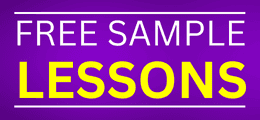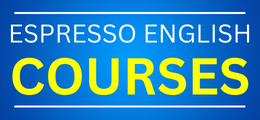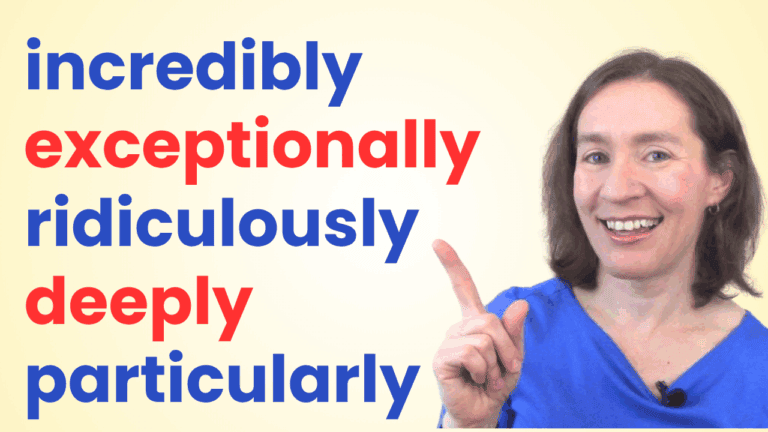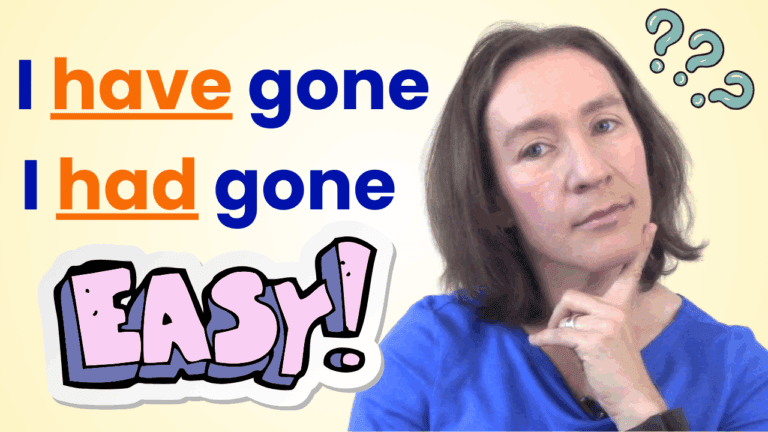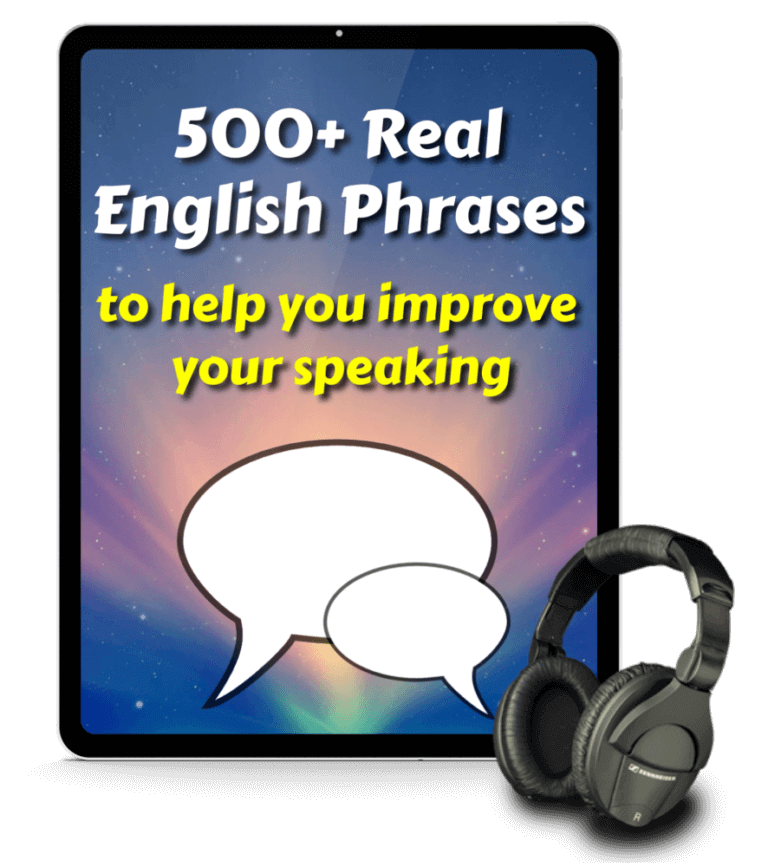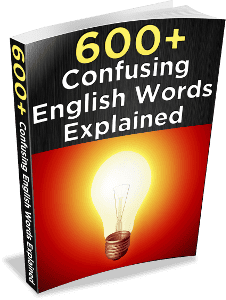 This is a free sample from the e-book 600+ Confusing English Words Explained. It will help clear up your doubts about how to use English words correctly, so that you can speak and write more confidently. Click here for more information!
This is a free sample from the e-book 600+ Confusing English Words Explained. It will help clear up your doubts about how to use English words correctly, so that you can speak and write more confidently. Click here for more information!If you’re confused by the words I, my, me, mine, and myself, you’re not alone!
In this lesson, I’m going to teach you the quick and easy difference between them.
I and ME
I is the subject – the person who does the action in the sentence.
- I gave John the book.
Me is the object – the person who receives the action in the sentence.
- John gave me the book.
OR: John gave the book to me.
Most people get confused when there are multiple subjects or objects in the sentence, but the rule is still true:
- Dana and I saw Jim at the party.
Dana = subject
I = subject
Jim = object - The teacher called Sarah and me.
The teacher = subject
Sarah = object
me = object
MY and MINE
Use my before the word, and use mine after the word:
- Paul is my friend.
- Paul is a friend of mine.
- Those are my glasses.
- Those glasses are mine.
MYSELF
The word myself is used in two cases:
- As a reflexive pronoun – when “I” is both the subject AND the object
- I gave myself a haircut.
(This means I cut MY own hair) - I accidentally cut myself with the scissors.
- I gave myself a haircut.
- For emphasis – when you want to emphasize the “I”
- I baked this cake myself!
(I want to emphasize that I made it, and not another person) - I know John was at the party because I saw him there myself.
(I saw John at the party with my own eyes) - Give me the letter – I’ll deliver it myself.
(I’ll deliver the letter personally)
- I baked this cake myself!
BY MYSELF
The expression by myself means alone:
- I went out to dinner by myself.
Learn more: YOUR vs. YOU’RE
Quiz: I / My / Me / Mine / Myself
Choose the correct word to complete each sentence!
Start
Question 1 |
He sent the e-mail to _____ and my boss.
A | I |
B | my |
C | me |
Question 2 |
No, that jacket's not ______.
A | my |
B | myself |
C | mine |
Question 3 |
____ cousin didn't get me anything for my birthday.
A | My |
B | I |
C | Me |
Question 4 |
Were you the one who broke ______ window?
A | I |
B | mine |
C | my |
Question 5 |
I was angry at _____ for missing the deadline.
A | mine |
B | me |
C | myself |
Question 6 |
A good friend of ______ joined us for dinner.
A | mine |
B | me |
C | my |
Question 7 |
My sisters and _____ traveled through Europe together.
A | me |
B | I |
C | myself |
Question 8 |
I don't need any help; I can do it _____.
A | me |
B | myself |
C | my |
Question 9 |
Are you listening to _____?
A | mine |
B | me |
C | I |
Question 10 |
Dan thinks we should get a dog, but Brian and ______ disagree.
A | my |
B | me |
C | I |
There are 10 questions to complete.
You have completed
questions
question
Your score is
Correct
Wrong
Partial-Credit
You have not finished your quiz. If you leave this page, your progress will be lost.
Correct Answer
You Selected
Not Attempted
Final Score on Quiz
Attempted Questions Correct
Attempted Questions Wrong
Questions Not Attempted
Total Questions on Quiz
Question Details
Results
Date
Score
Hint
Time allowed
minutes
seconds
Time used
Answer Choice(s) Selected
Question Text
All done
Need more practice!
Keep trying!
Not bad!
Good work!
Perfect!


